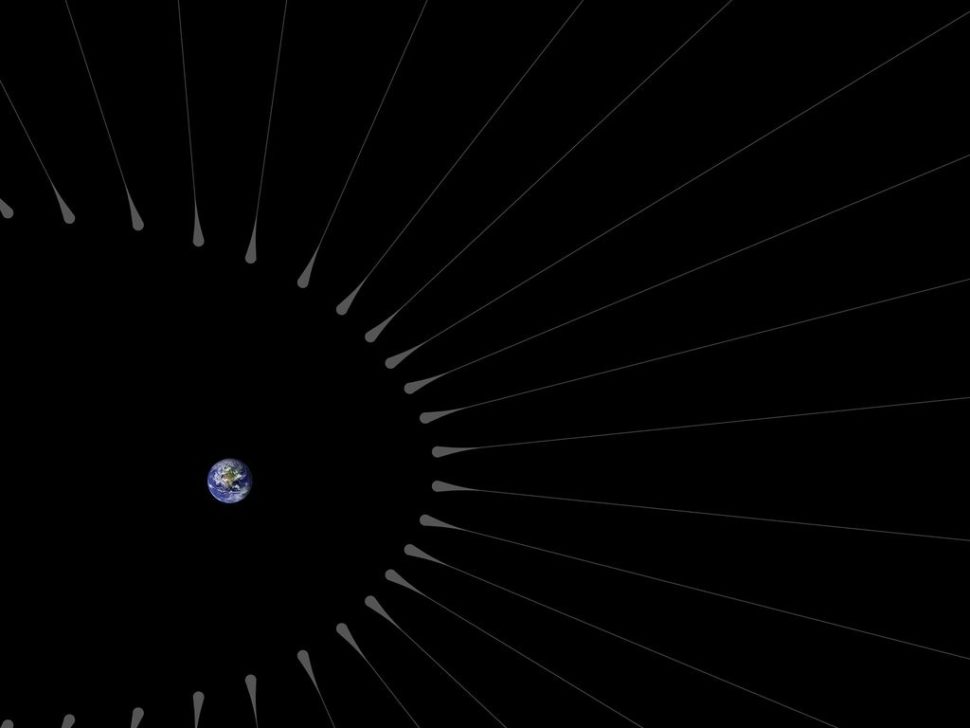Theoretical physicists predict that an invisible dark matter hurricane could soon hit our solar system.
Researchers from the University of Zaragoza revealed that a dark matter hurricane is blowing towards our solar system. The unseen force is composed of around 10 billion solar masses worth of dark matter. It is also traveling across the Universe at approximately 500 kilometers per second.
In a paper published in the journal Physical Review D, the researchers claim that their findings could reveal further information about the elusive material. While there are numerous theories about dark matter‘s existence and its role in the formation of the universe, scientists are still clueless about what it really is.
To date, no one has seen, felt, or even detected dark matter. If the researchers’ prediction about the stream is correct, scientists could have the world’s first direct view of dark matter.
Discovering the Dark Matter Hurricane
Last year, the ESA’s Gaia satellite detected an unknown stream while measuring the movement of nearby stars. Dubbed as S1, the stream was from the remains of a dwarf galaxy cannibalized by our very own Milky Way galaxy years ago.
Unlike other streams discovered in the Milky Way, the S1 is traveling directly towards our sun. According to researchers, the stream now contains the dark matter from this ex-dwarf galaxy.
Ciaran O’Hare is one of the main members of the team as a theoretical physicist from the University of Zaragoza. O’Hare predicts that Earth detectors could find signatures of dark matter flowing in on the S1 stream.
The team noted that they could hypothetically detect signatures like WIMPs if they collide with electrons or atomic nuclei. Researchers predict the event to lead to the production of charged particles on Earth. These particles could then create light for researchers to pick up with crystal or liquid xenon detectors.
“Axion haloscopes possess by far the greatest potential sensitivity to the S1 stream if its dark matter component is sufficiently cold. Once the axion mass has been discovered, the distinctive velocity distribution of S1 can easily be extracted from the axion power spectrum,” the researcher said.
Axion detectors like the Axion Dark Matter Experiment have not made any S1 detection yet. However, scientists believe that having a dark matter hurricane passing through our solar system could be the dark matter breakthrough we’ve been waiting for.



















When is soon? In cosmic terms millions or billions of years or in ant terms a few hours?
If dark matter is a superfluid it would drain from a shallower gravity well to a deeper gravity well once it got close enough. When not concentrated in a gravity well dark matter may lose its superfluid status and due to its repulsive nature become dark energy.